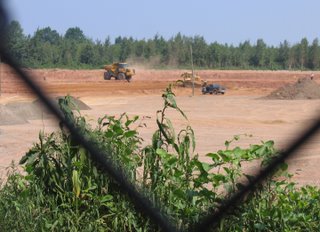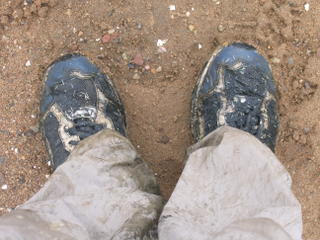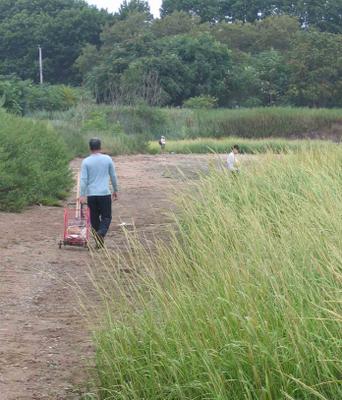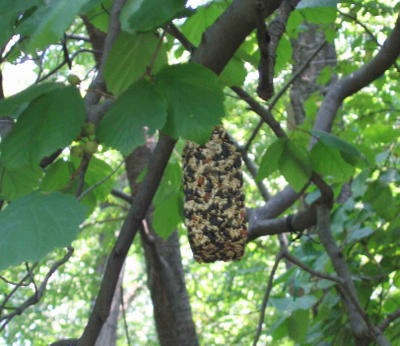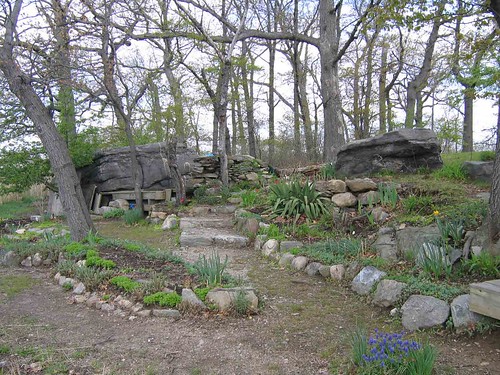Urban Blight Botanizing at Dubos Point
 Salt marsh cordgrass (Spartina alterniflora) culms with sea lavender stems (Limonium carolinianum).
Salt marsh cordgrass (Spartina alterniflora) culms with sea lavender stems (Limonium carolinianum).
Poor Dubos Point. I found a reference to it as a site for "Urban Blight Birding" . This is too bad, since the 33-acre site is named in honor of Dr. Rene Dubos, he of the great phrase, “Think globally, act locally.” And while the spirit of this sentiment seems to have been lost on the NYC parks dept, that is probably a good thing. Their neglect often leads to more natural area. Parks targeted for "improvements" get excessive amounts of the built - boardwalk, trail, birdblinds while simultaneously diminishing the natural - incursion of invasive plants from disturbance and construction vehicles, loss of rare plants due to uninformed site design.
I should do more yoga - this frustration has to seep out somehow.
Just across from JFK...
Back to my site visit. Dubos Point was a saltwater marsh until 1912, at which point it was filled with dredged materials for real estate development. The project failed to materialize. Today, it is the largest salt marsh on the north shore of the Rockaway peninsula east of Rockaway Point.
High tide line with felled Spartina alterniflora, groundsel bush (Baccharis halimfolia) and marsh-elder (Iva fructescens). And, of course, detritus. This is urban blight botanizing, after all.
More floatsam. The most interesting thing is the coconut. I wonder if that came from nearby garbage, or instead from some tropical paradise. It's not unheard of, those suckers travel far. They've been found off the coast of Ireland. Today I counted 5 coconuts!
Some of the plants seen in the salt marsh areas:
Graminoids - salt grass (Distichlis spicata), blackgrass (Juncus gerardii), common reed (Phragmites australis), salt marsh cordgrass (Spartina alterniflora), salt meadow cordgrass (Spartina patens).
Shrubs - groundsel bush (Baccharis halimfolia) and marsh-elder (Iva fructescens).
Forbs - sea rocket (Cakile edentula), sea lavender (Limonium carolinianum), glasswort (Salicornia europaea), seaside goldenrod (Solidago sempervirens).
In addition to salt marsh, we also saw maritime grasslands. Both of these vegetative communities are rare in NYC.











